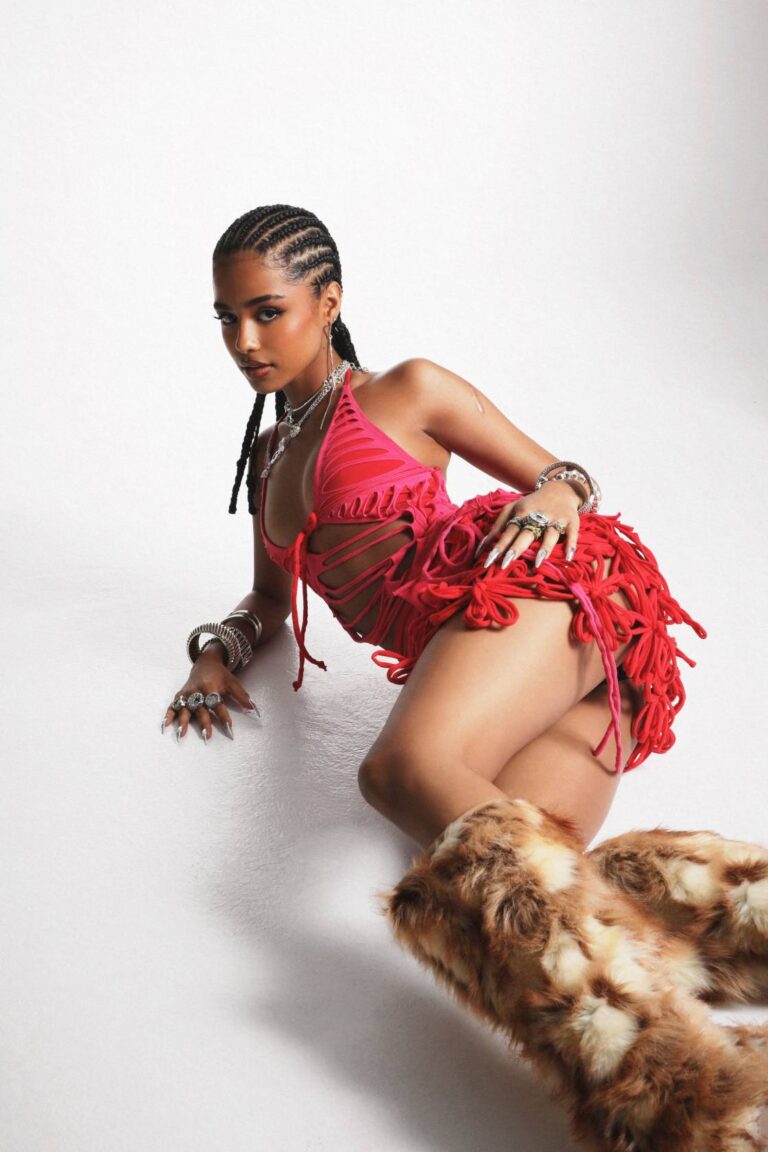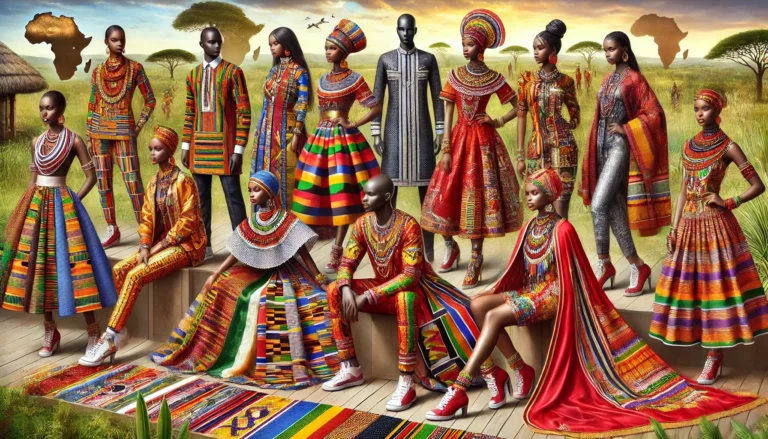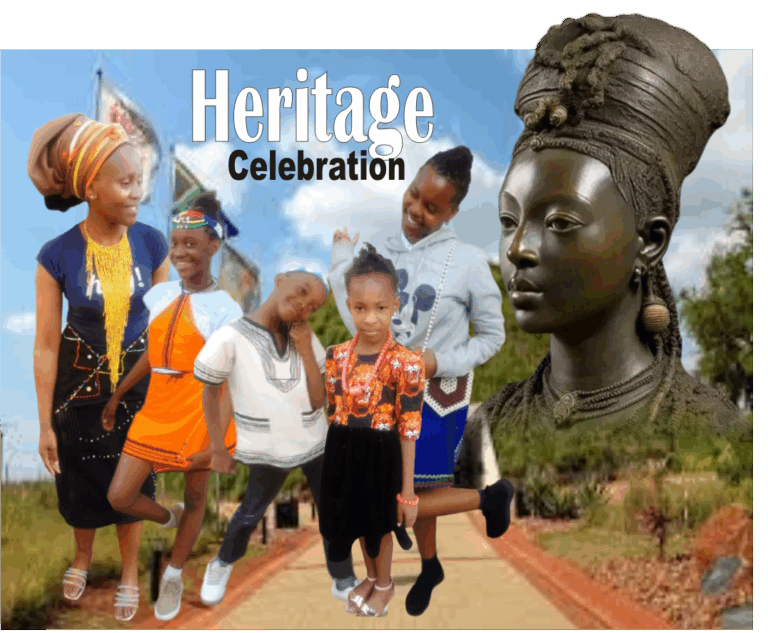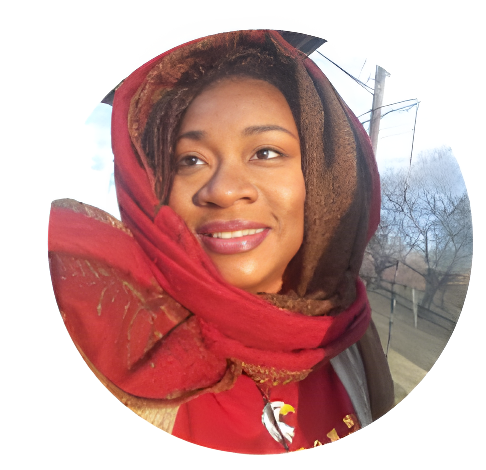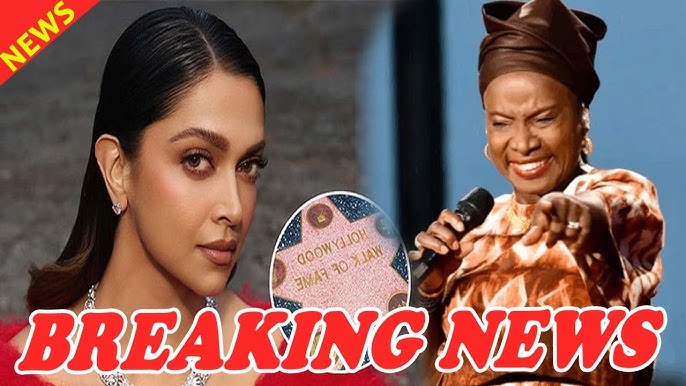
African fashion has been acknowledged by the international fashion industry for decades, though not necessarily in a positive way. We talk about the origins of African fashion, the reasons behind its popularity, and what African designers can do to take advantage of the present trend.
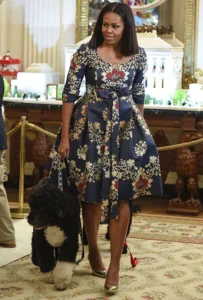
African fashion’s history, from wax prints to bark textiles Africa as a model for art and fashion. Why African fashion is currently in the news
African fashion has long been misunderstood as “tribal” or “exotic,” and reduced to mud clothes and leopard hides. It frequently serves as a point of reference. But the derivative is always valued more highly than the source.
Africa has a lot of land. As a result, the status of individuals or groups within a variety of societies influences the variations of the African fashion tale that exist.
Because of the continent’s warm climate, most Africans did not dress for warmth. Men only needed aprons or loin cloths, and women wore wraps around their breasts or waists.
Bark cloth, furs, skins, and hides were the earliest materials used for clothing, while the remainder of the body was embellished with paints and beautifying marks. The bark fabric that ran between the legs was only wrapped over a belt by the males. In a similar manner, women covered the front of their bodies with the cloth by draping it over the waist.
As people transitioned from one condition to another, their clothing conveyed their status or signified a rite or a change in time. In certain customs, young ladies would only wear skirts, and after marriage, they would don full body.
Africans soon started stitching disparate bits of bark fabric together using raffia. Eventually, grass skirts became popular. Similarly, they adorned the exposed body regions with decorations. This included increasingly elaborate jewelry and headdresses made from feathers, seashells, bones, and fragments of ostrich eggshell. A rich and adorned clothing, particularly for ceremonial purposes, was created using fur, skins, bone, animal tails and hair, raffia, wood, grass, bells, and pressed metal. One ethnic group was recognized from another by the colors and designs made in beaded clothing, woven fabric strips, and printed and dyed cloth. Tribes took great pride in the caliber of their handmade clothing. They employed methods that had been passed down for ages from one generation to the next.
The consequences of colonization
In African cities, colonization brought about a significant shift in everyday attire. Traditional attire was discouraged in many business settings even after independence. As a result, the western dress code gained popularity and either supplanted or had an influence on traditional robes. They were still common in rural regions, nevertheless. People in cities are becoming more comfortable wearing traditional attire outside of special events these days. Men who choose to wear kaftans to work on dress-down Fridays are one example.
European dress has always been appropriated and adapted by Africans. The Congolese Sapeurs, who adapted European high fashion and gave it their own unique twist, are an example of how colonialism affected African design. In a literal sense, the “Society of Ambiance-Makers and Elegant People” use sophisticated European attire to enhance the environments they enter and act as positive role models. What a clever turn!
African Fashion’s Future
The globalization of African fashion has also been greatly aided by social media. People are undoubtedly inspired to connect with African culture and style when they witness the diversity of African fashion in real time.
African fashion has a bright future, but only if they seize the initiative and capitalize on the current boom. Designers must also develop their commercial acumen and set up the right infrastructure for the production and distribution of their goods in order to prevent another story of exploitation. The goal is not recognition. Customers should purchase from African brands instead than Western ones that have African influences.
The world is currently craving new shapes and vivid hues, which African fashion designers provide. We hope they leave a lasting impression that will inspire designers of the future.


